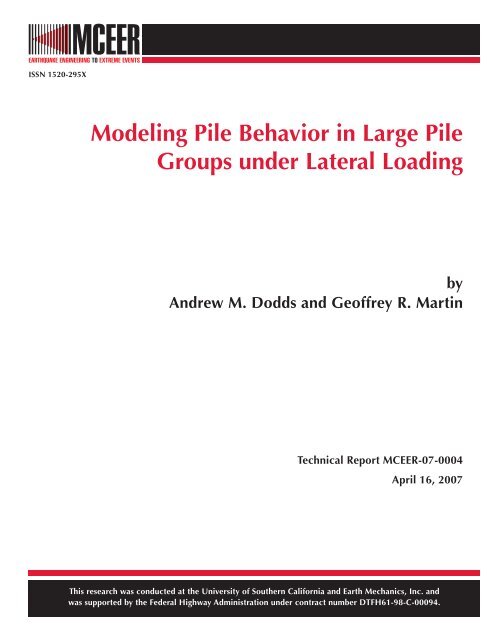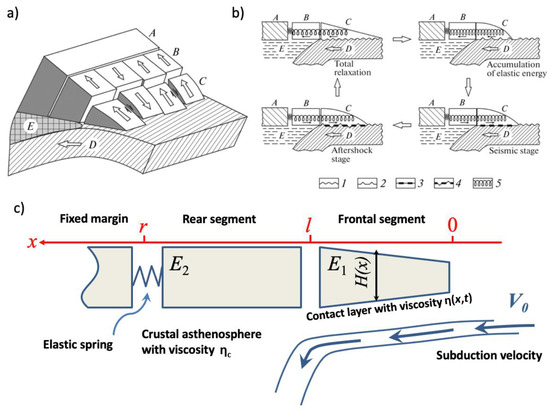

The collisional orogeny may produce extremely high mountains, as has been taking place in the Himalayas for the last 65 million years. This ends subduction and transforms the accretional orogen into a Himalayan-type collisional orogen. The orogeny may culminate with continental crust from the opposite side of the subducting oceanic plate arriving at the subduction zone. The North American Cordillera and the Lachlan Orogen of southeast Australia are examples of accretionary orogens. An orogen built of crustal fragments ( terranes) accreted over a long period of time, without any indication of a major continent-continent collision, is called an accretionary orogen. This is one of the main mechanisms by which continents have grown. Īs subduction continues, island arcs, continental fragments, and oceanic material may gradually accrete onto the continental margin. The Andes Mountains are an example of a noncollisional orogenic belt, and such belts are sometimes called Andean-type orogens. Whether subduction produces compression depends on such factors as the rate of plate convergence and the degree of coupling between the two plates, while the degree of coupling may in turn rely on such factors as the angle of subduction and rate of sedimentation in the oceanic trench associated with the subduction zone.

Not all subduction zones produce orogenic belts mountain building takes place only when the subduction produces compression in the overriding plate. Subduction zones consume crust, thicken lithosphere, and produce earthquakes and volcanoes. These are often highly metamorphosed and include vast bodies of intrusive igneous rock called batholiths.

Older orogenic belts are typically deeply eroded to expose displaced and deformed strata. Young orogenic belts, in which subduction is still taking place, are characterized by frequent volcanic activity and earthquakes. Orogeny typically produces orogenic belts or orogens, which are elongated regions of deformation bordering continental cratons. The convergence may take the form of subduction (where a continent rides forcefully over an oceanic plate to form a noncollisional orogeny) or continental collision (convergence of two or more continents to form a collisional orogeny). Orogeny takes place on the convergent margins of continents. Typically, continental crust is subducted to lithospheric depths for blueschist to eclogite facies metamorphism, and then exhumed along the same subduction channel. Continental collision of two continental plates to form a collisional orogen.


 0 kommentar(er)
0 kommentar(er)
